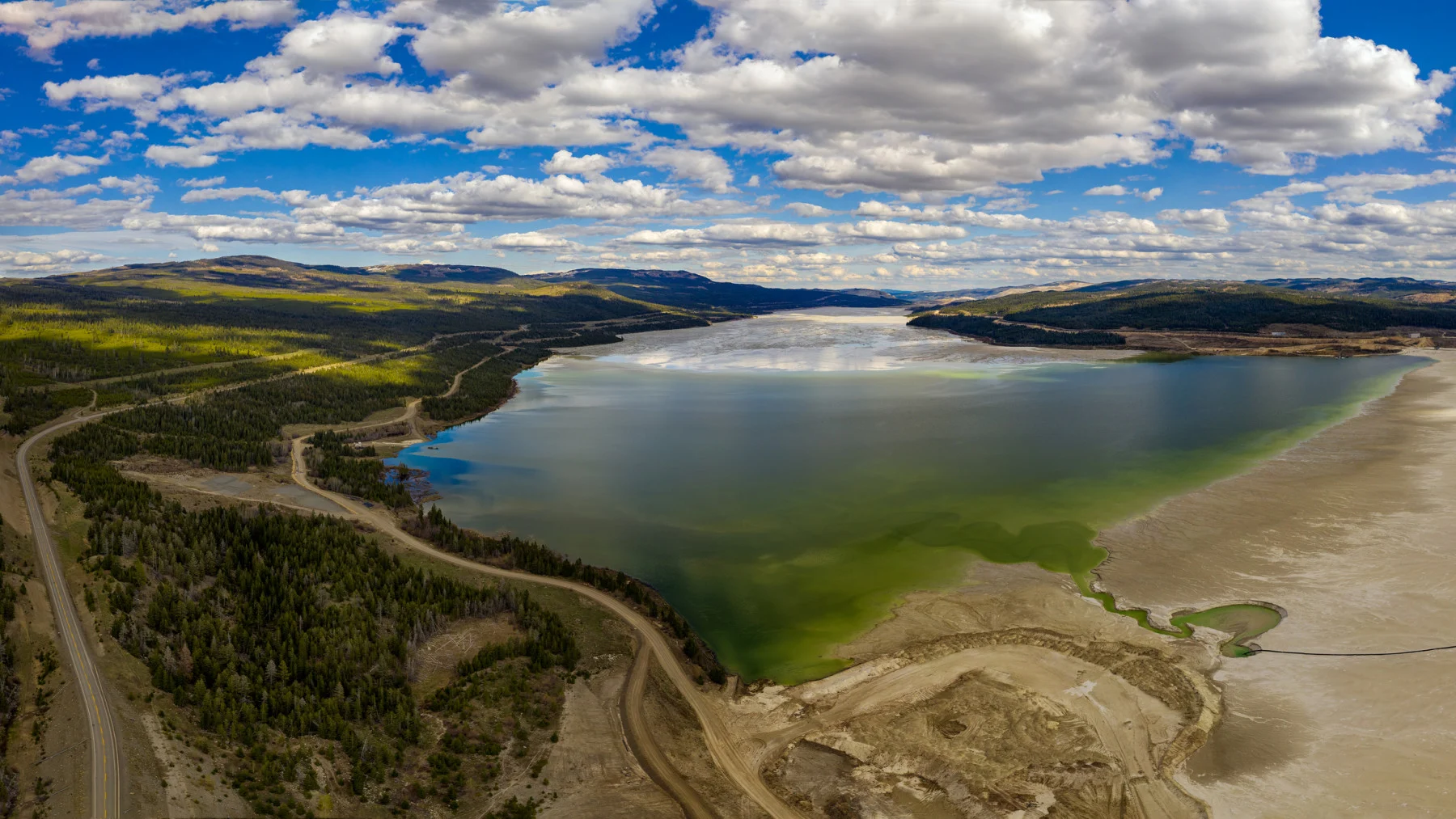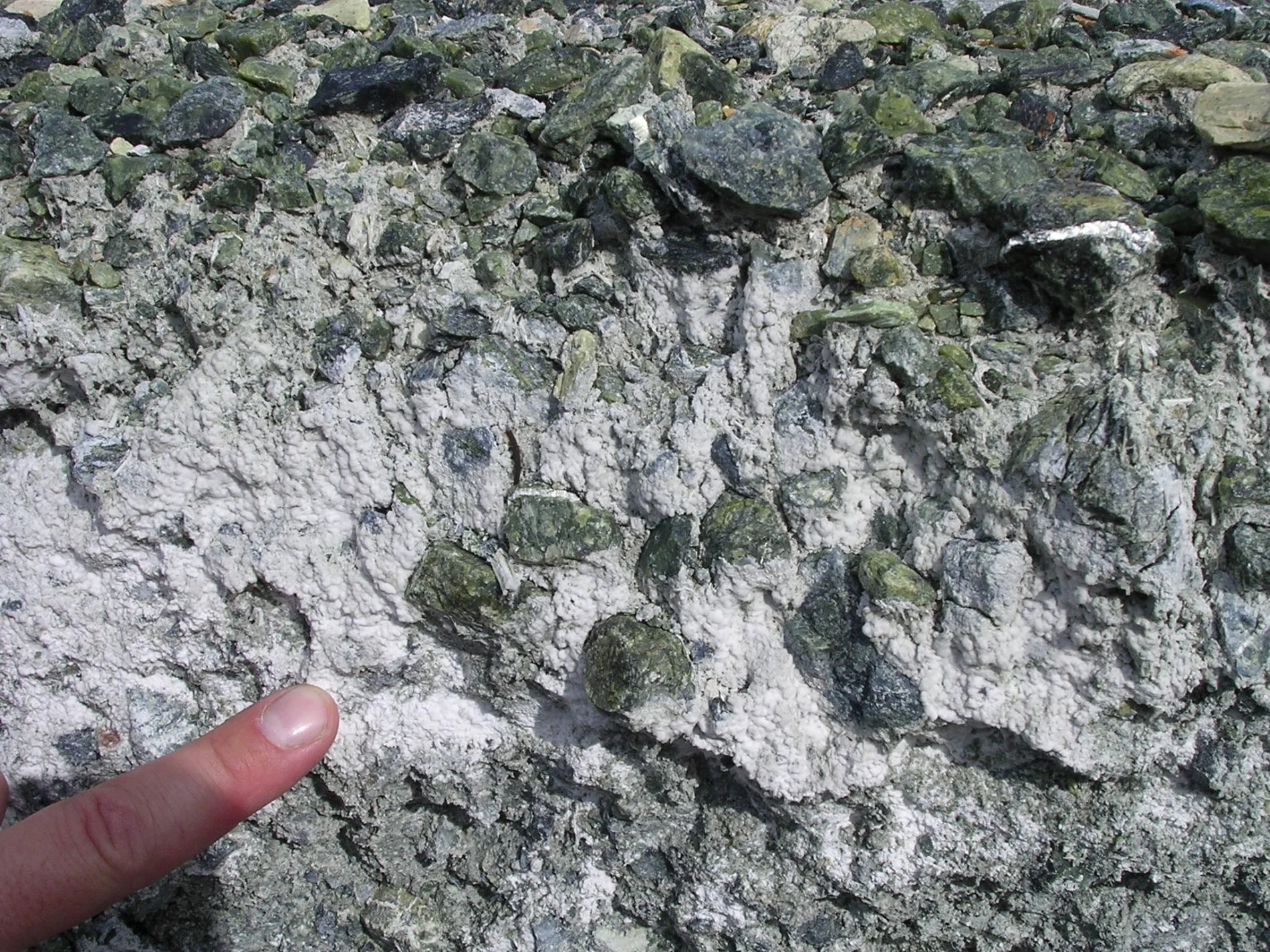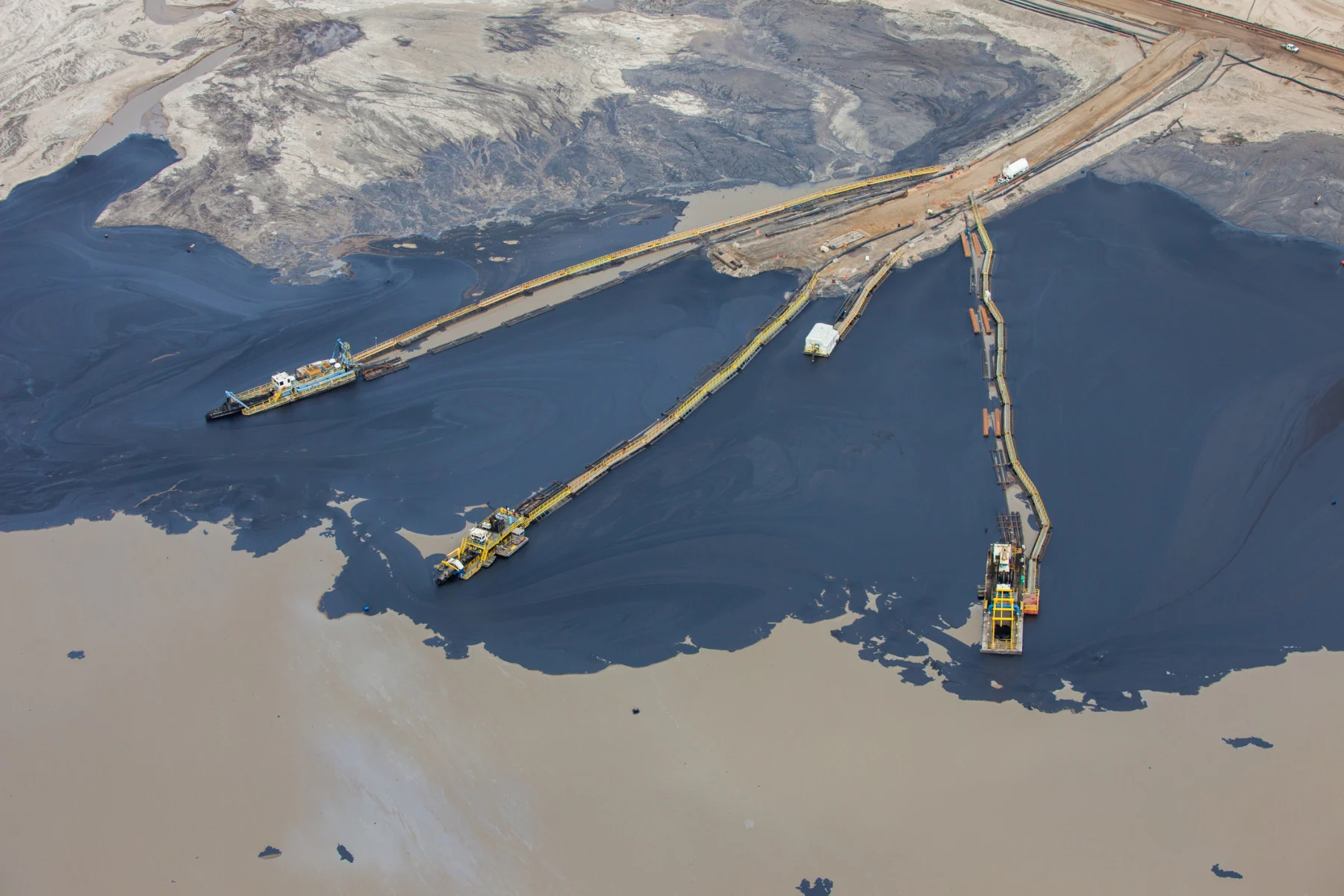
Mines can become "huge carbon sinks," UBC researchers say
Transitioning to renewable energies like solar increases the amount of minerals we extract from the ground, which calls for a closer look at the greenhouse gas emissions that mines release.
There is no shortage of environmental impacts associated with the mining industry, with some of the top concerns being the contamination of the soil, water, and air. Mining processes also release significant amounts of greenhouse gas emissions, which raises questions about how this industry will expand global operations while improving its sustainability.
The Canadian government’s 2030 Emissions Reduction Plan, released March 2022, announced an ambitious roadmap for slashing carbon emissions over the coming years. “Powering the economy with renewable electricity” and a target of 100 per cent of new car sales being zero-emission vehicles by 2035 are some of the strategies the government will use to achieve their goal.
Researchers say that the steps needed to achieve such ambitious goals will put significantly more demand on mines, particularly those that produce the metals and rare earth minerals needed for products to achieve net-zero economies, such as solar panels and electric vehicles.
In fact, a study published in Nature reported that “the global area influenced by mining will almost certainly grow in extent and density in future, and the increased demand for renewable energy technologies and infrastructure will likely be one contributing factor.”
So, how can the mining industry reduce greenhouse gas emissions as demand soars?
A company founded by researchers at the University of British Columbia (UBC) proposes one potential solution. Carbin Minerals, founded by Dr. Greg Dipple, Bethany Ladd, and Dr. Peter Scheuermann, is a carbon-capture company that partners with mines and uses their technology to turn tailings ponds into “huge carbon sinks.”
“So this technology is one where we're taking the waste from mine. So the tailings, which is the finely ground up rock that's leftover and the metals are removed. The waste minerals in the tailings are naturally reactive to the carbon dioxide in the air, but normally they would react very slowly. We have processes we use to enhance its reactivity,” Dipple explained to The Weather Network.
“When this material is exposed to the atmosphere, it naturally absorbs carbon dioxide in the air, and it turns that carbon dioxide into minerals. So it's essentially taking carbon dioxide and putting it into rock.”

Sampling carbonated tailings at Diavik Diamond Mine in the Northwest Territories. (Gregory Dipple)
Carbin Minerals’ technology churns up the tailings to enhance their surface area, which is an action that will eventually be done by robots due to the health hazards that tailings ponds can present. This carbon capture process continues during the mine’s lifetime and then the rock storing the captured carbon remains buried in the ground when the mine closes.
Part of Carbin Minerals’ motivation for working with mines is the role that they will play in decarbonizing both Canada’s economy and the international supply chain.
“We are working with mines that generate critical metals or battery metals — that's an area where mining has to expand if we're going to electrify our transportation sector. If we can make those mines carbon negative, then we've decarbonized the supply chain for the metals needed in electric cars.”
Dipple notes that their technology can also be used for generating carbon credits.
“At the same time, we have provided a carbon removal benefit that can be transacted on as well. So we're reducing the embodied carbon footprint of electrical vehicle transport, as well as generating carbon removal credits for other industries. So there's a lot of jurisdictional, federal, and other levels of interest in developing those capabilities, because there'll be areas of significant economic growth likely.”

Carbonated tailings from Clinton Creek Mine, Yukon. (Gregory Dipple)
Dipple says that Carbin Minerals is working with a number of mining sites, both in Canada and internationally, and has operated their research lab on three continents. Their work has captured the attention of several companies and e-commerce platform Shopify signed on to a partnership with Carbin Minerals to remove 200 tonnes of carbon dioxide from the atmosphere.
“It's great to have a made-in-Canada story where you've got Shopify, who's Canadian, working with an industry like the mining industry, which is very important for Canada as well.”
CONTAMINATION CONCERNS FROM TAILINGS PONDS REMAIN
While carbon capture is one area for improved sustainability in the mining industry, many concerns about the impacts of tailings ponds remain, particularly the disproportionate impacts that they have on Indigenous communities both in Canada and internationally.
For example, a 2020 report from the Commission for Environmental Cooperation (CEC) stated over 785,000 litres of fluid had leaked out of Alberta’s tailings ponds into the environment in 2017.
The CEC report noted that concerns about tailings ponds leakage dated back to the early 1970s, which raised concerns about heavy metals and other toxins contaminating waterways that both humans and animals rely upon.
"The tailings ponds leaking is a huge concern to the Dene Nation … It has been 47 years of leakage, and leakage we don't know the residual results of," Dene National Chief Norman Yakeleya had stated in a CEC press conference, as reported by CBC News.

Crude oil seen separated from sand for collection. Tailings ponds are used to separate the heavy oil bitumen from the sticky sand mined from around the area. Near Fort McMurray, Alberta. (dan prat/ E+/ Getty Images)
According to Natural Resources Canada, “an estimated 501 agreements were signed between mining and exploration companies and Indigenous communities or governments” between 2000 to 2020.
Additionally, MiningWatch Canada, a watchdog of the mining industry, works with Indigenous peoples and non-Indigenous communities that are impacted by industrial mining operations. One solution that this group has participated in is the Safety First Guidelines for Responsible Tailings Management, which is “a set of sixteen guidelines for the safer storage of mine waste” that was created through the work of over 142 stakeholders.
“The guidelines aim to protect communities, workers, and the environment from the risks posed by thousands of mine waste storage facilities, which are failing more frequently and with more severe outcomes,” MiningWatch Canada stated in their 2020 Annual Report.
Thumbnail credit: Ferenc Cegledi/ iStock/ Getty Images Plus











